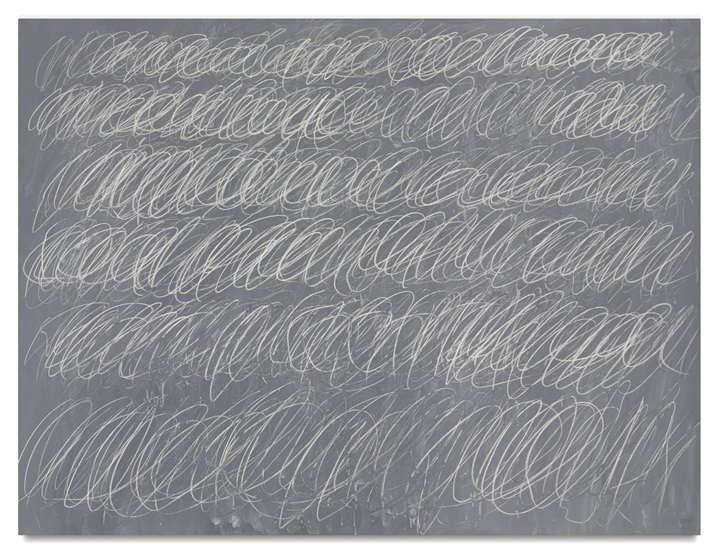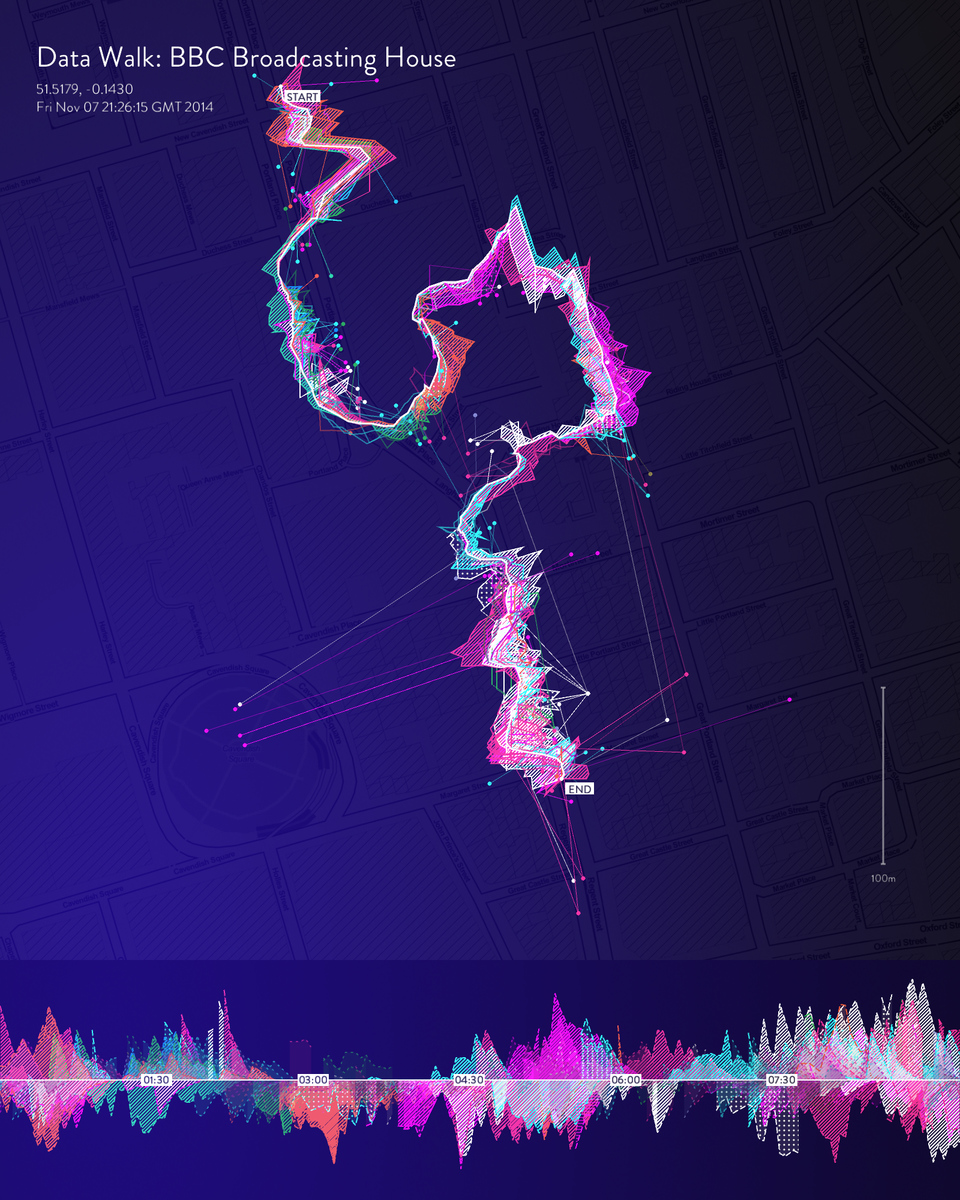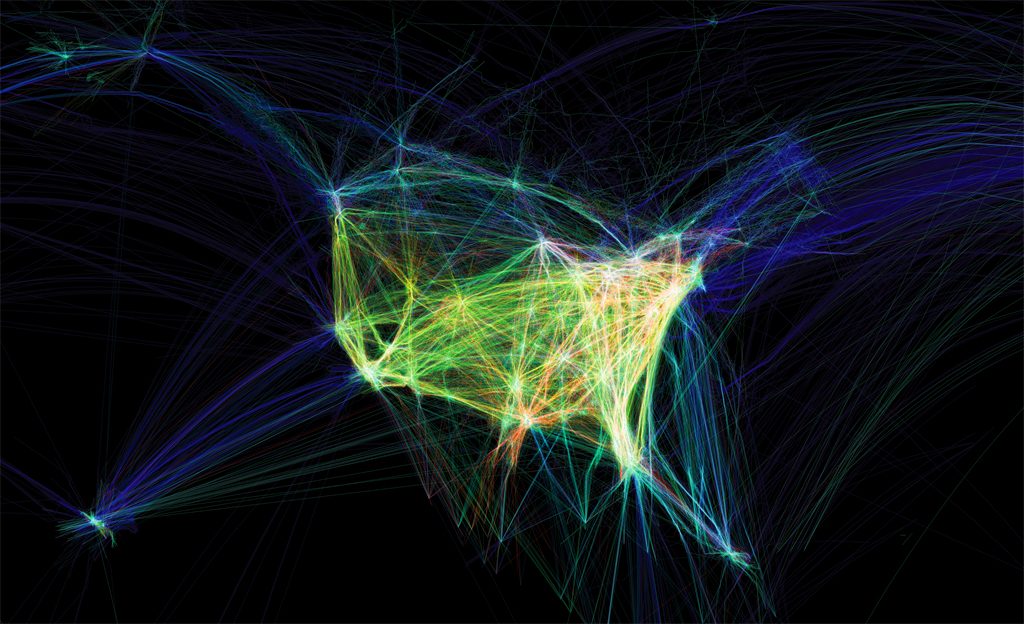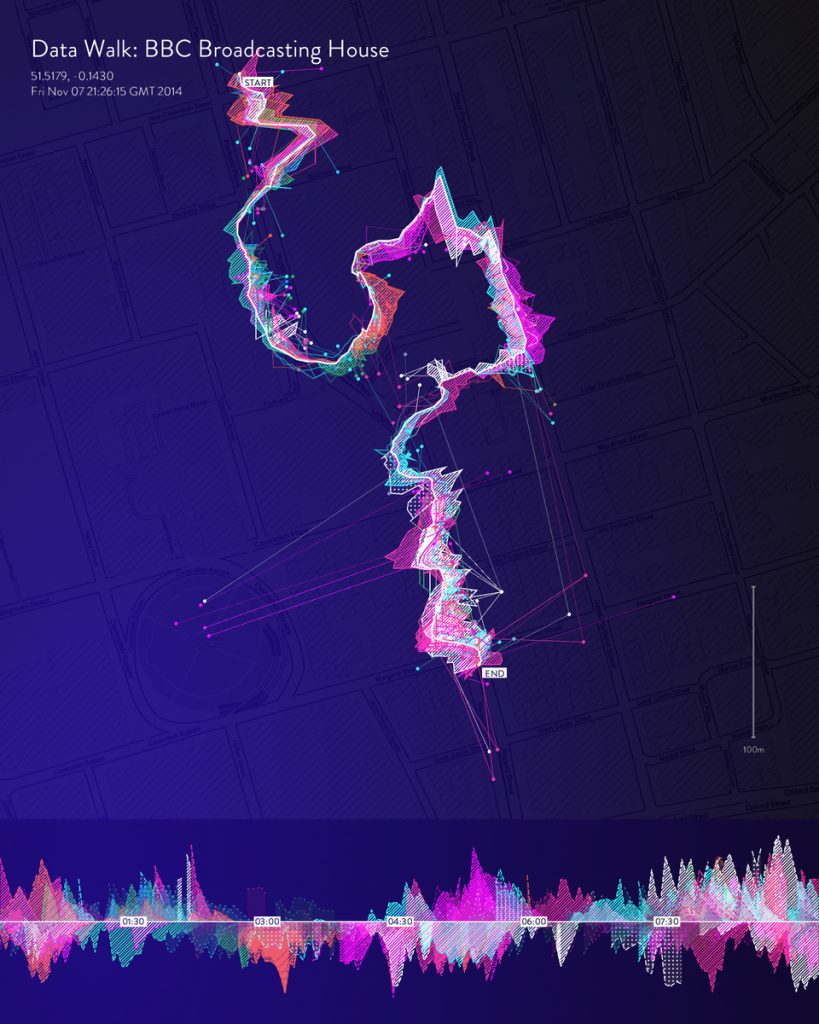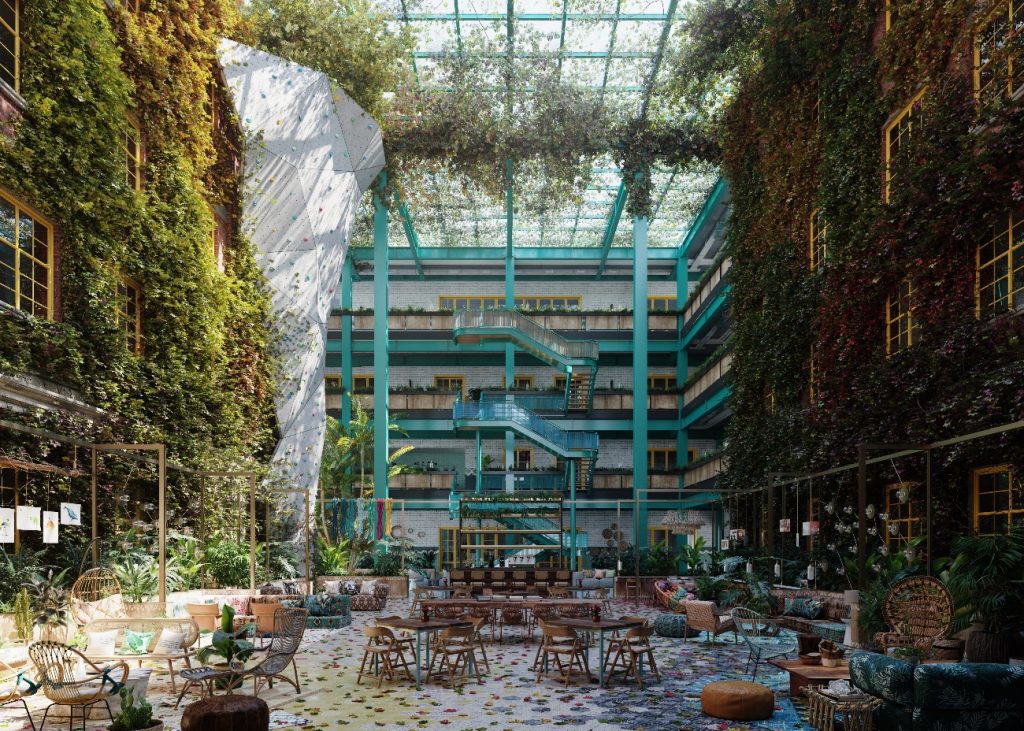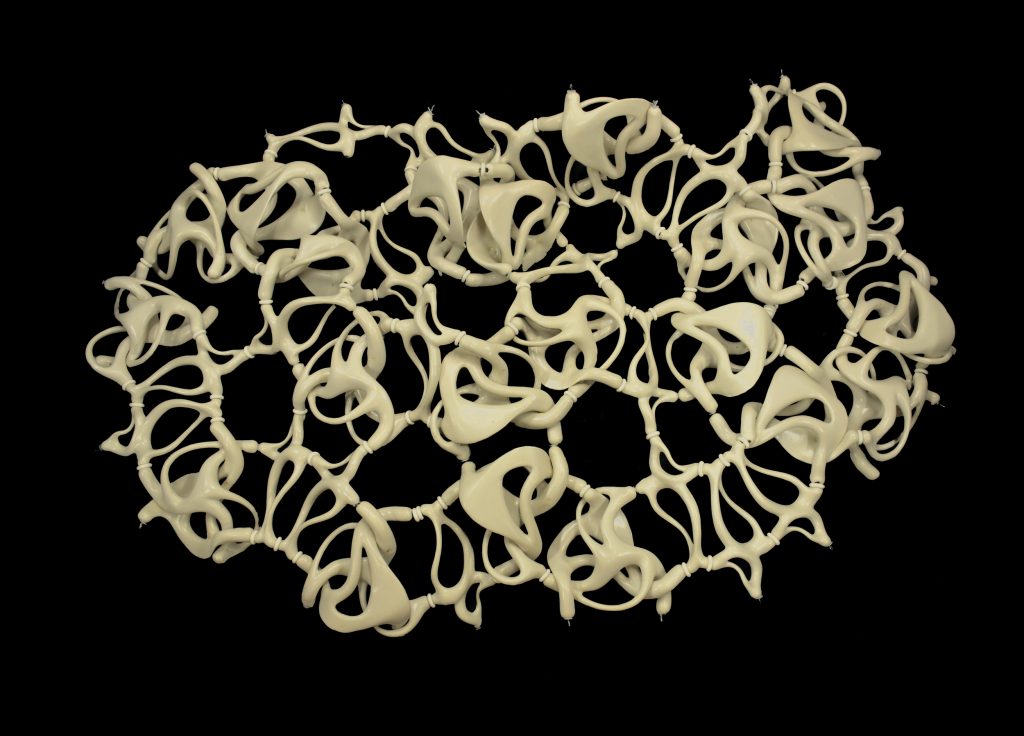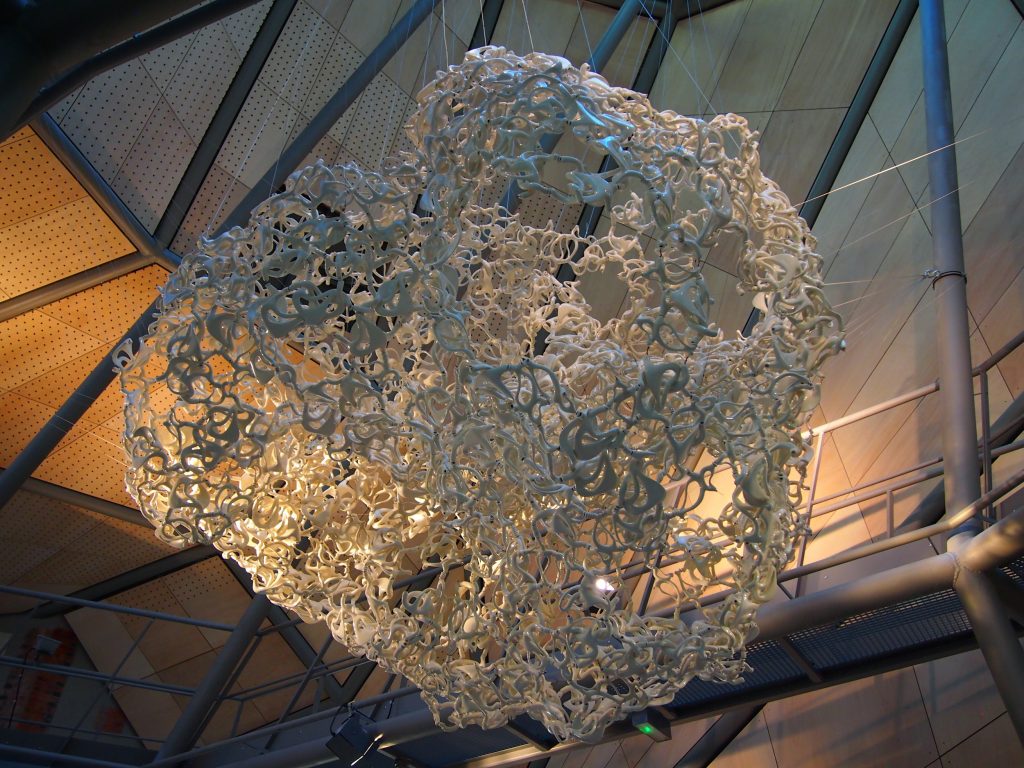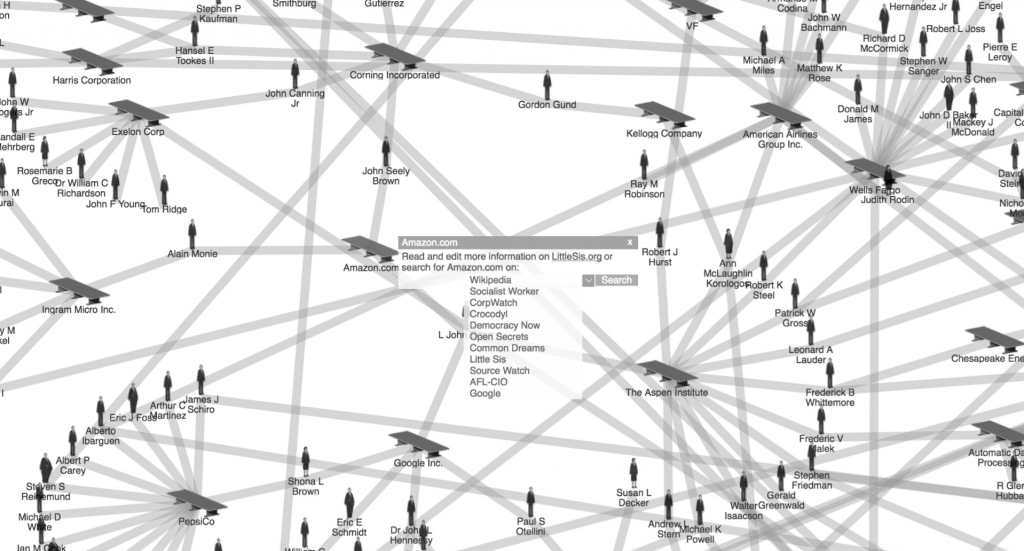For my Looking Outwards this week, I chose to look at Fanjie Jin’s Looking Outwards 05. He chose to write about Alex Roman’s renders, done using VRay and digital modeling. Although I am somewhat familiar with VRay, I have rarely looked at renders of this level before this. Roman’s renders focus on creating lighting conditions which are incredibly hard to capture in real life. Yet, he can completely convince the viewer that what they are looking at is real. His use of lighting is masterful and can turn blank-slate digital models into beautiful “snapshots” of famous existing buildings.
In his animated piece, “The Third & The Seventh,” Roman showcases his renders by providing a walk through instead of simply a slideshow of his pieces. He also shows the layers that went into creating each of his pieces, with multiple steps of post-processing. The inclusion of moving elements combined with varied light conditions adds a sense of fantasy to his illusions.
Even Exeter Library, a building which I had seen in person, felt somewhat familiar and otherworldly at the same time. Agreeing with Fanjie, the renders are so realistic they convince the viewer regardless of their previous experiences.
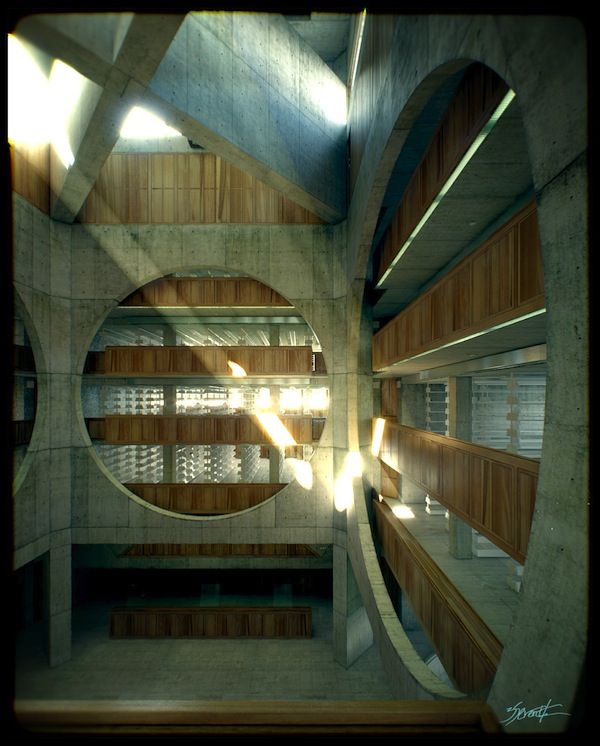
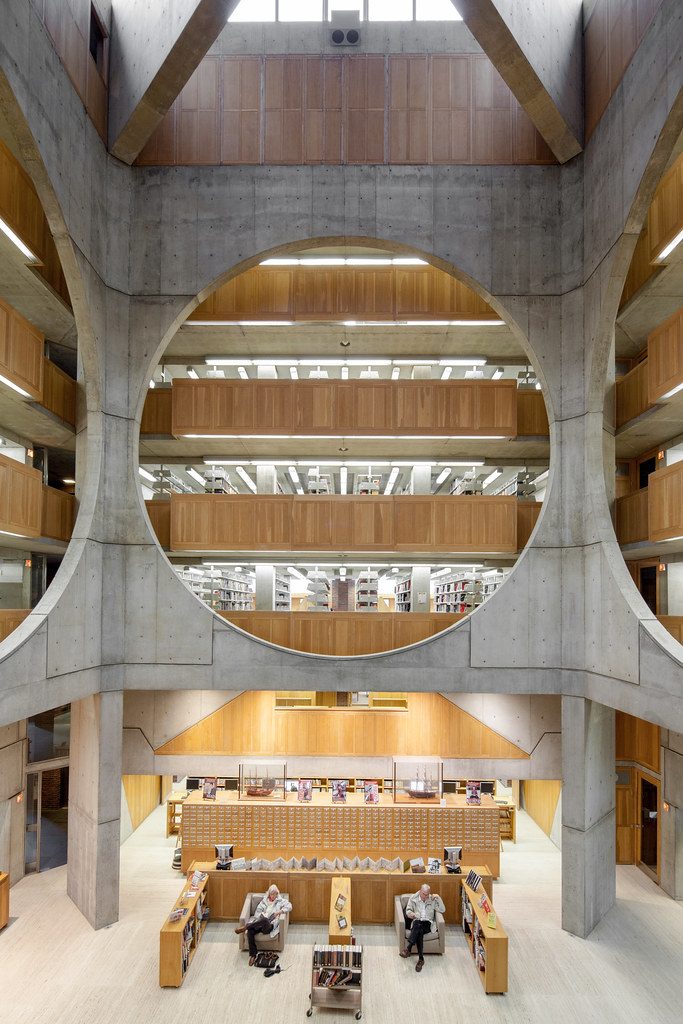
![[OLD FALL 2019] 15-104 • Introduction to Computing for Creative Practice](../../../../wp-content/uploads/2020/08/stop-banner.png)
